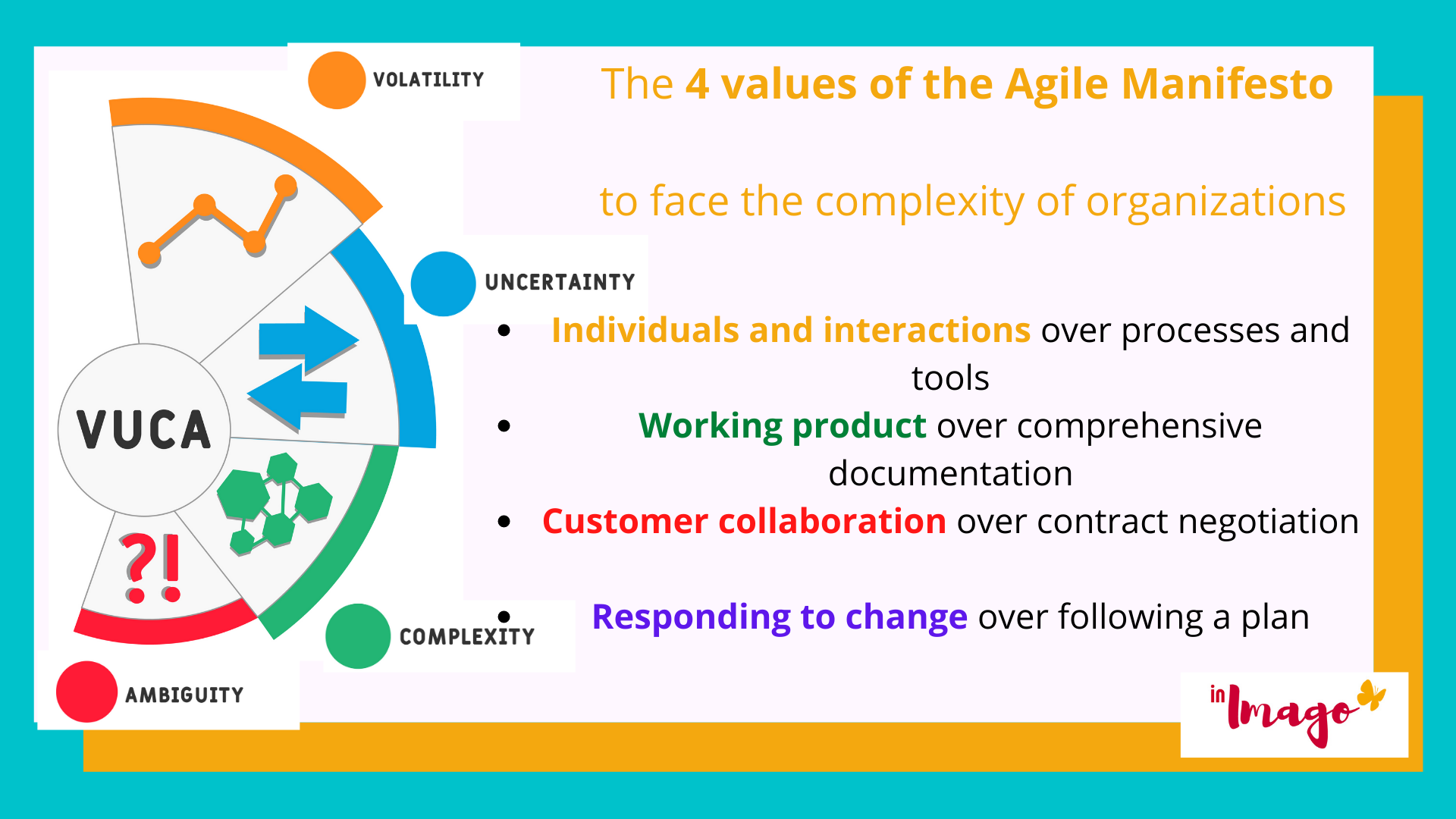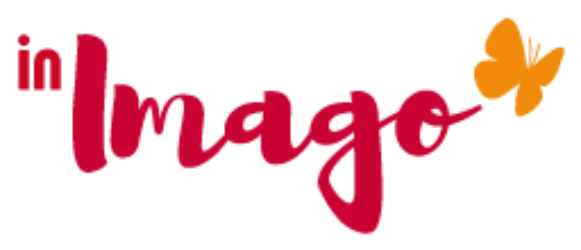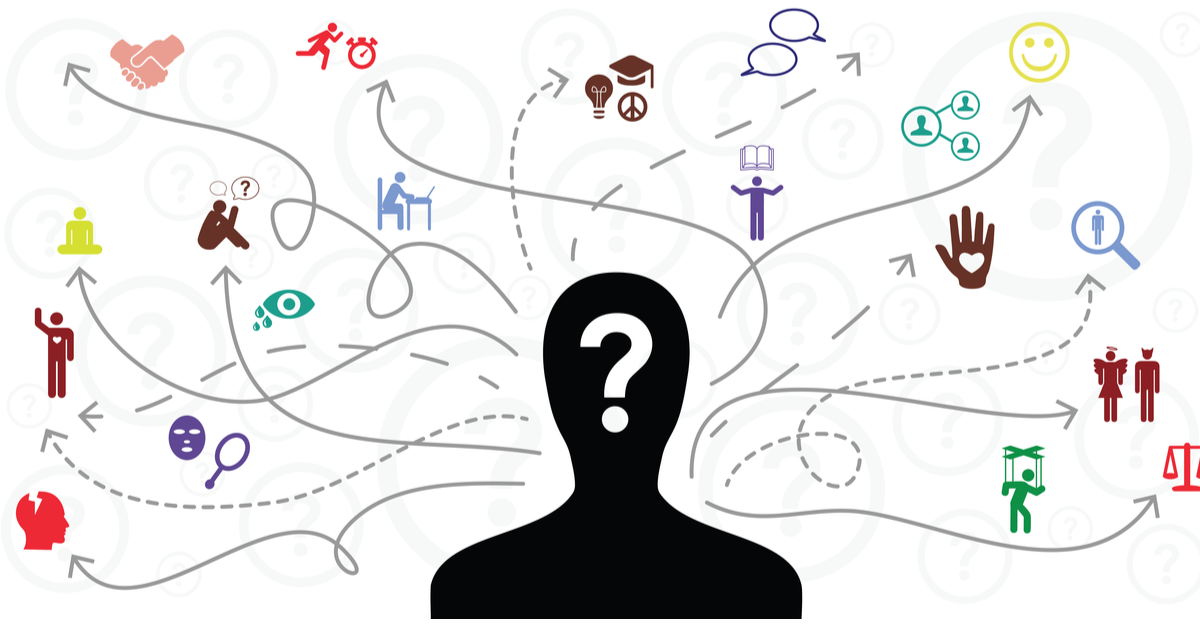VUCA management is the appropriate posture of an Agile, organic organization that deploys and grows regardless of the constraints of its environment. Let’s be VUCA, is a proposal to enter into a dynamic of change. Engage in movement and deal with complexity and unpredictability.
VUCA is the acronym for Volatility, Uncertainty, Complexity, Ambiguity. This term is used to question conditions and situations that each of us go through in their aspects of permanent change.
Common use of the term VUCA began in the 1990s and originates from military vocabulary. It was subsequently used in emerging ideas and is at the origin of an Agile leadership, Adapted. Living Management, the management VUCA
VUCA, dynamic of change
The use of this term is appropriate to characterize its own speed of change, its capacity to implement its resilience, and to adapt its behavior according to what is happening on the ground.
Each of the letters of VUCA are like a gauge that measures the complexity of an environment:
- The V of volatility represents the nature and dynamics of change
- The U of uncertainty corresponds to the lack of information at our disposal
- The C of Complexity corresponds to the confusion in which an organization is bathed
- The A of Ambiguity is the sum of misunderstandings
For example, an international organization can generate a lot of confusion because no one speaks the same language.
The basics of VUCA management
First of all consider the organization as a system. Itself made up of a set of subsystems which can be linked according to the properties of autonomy, coherence, permanence during
- dynamic interactions,
- interactions organized according to a purpose;
These interactions are either represented as a matrix or flowchart to illustrate the organization within a company, the human-machine relationship used by the cybernetics is represented as a network.
The complexity of an organization through its decomposition into a smaller set of elements is accessible and facilitates the distribution of roles and responsibility within the enterprise.
When everything accelerates, when decision making must be immediate, hierarchical structures become too slow. To manage complexity, to manage a VUCA context, the organization will encourage decision making at the level closest to the event to be analyzed. The creation of subsystems based on the value produced will organize the interactions between individuals according to properties of autonomy, coherence, permanence and according to a goal to achieve.
VUCA management is therefore easily found in an Agile organization. Team autonomy is sought to foster value creation in complex projects in order to quickly promote a finished product. The chosen implementation device is light.
SCRUM is one example. It is a framework for organizing the delivery of produced value into subsystems. This allows the team to integrate a VUCA, volatile, uncertain, complex and ambiguous world and act flexibly with the information at hand.
While an organization is traditionally represented in the form of a matrix or organizational chart, the human-machine relationship used by cybernetics is represented in the form of a network.
The complexity of an organization through its decomposition into a set of smaller elements is accessible for analysis.
To manage complexity, manage a VUCA context, the organization will seek to simplify, to manage the value produced.
Interactions by value will break down into a sub-system which can be linked according to properties of autonomy, coherence, permanence and organized according to a purpose and a dynamic of interactions.
VUCA management is therefore easily found in an Agile organization.
The autonomy of the teams is sought to promote the creation of value in complex projects.
SCRUM is a proposal for a process to organize the delivery of produced value into a subsystem. The team can thus integrate a VUCA world, volatile, uncertain, complex and ambiguous.
VUCA management and Scrum
The 4 values of the Agile Manifesto which gives importance
- people and their interactions rather than processes and tools;
- to a functional software, product or service rather than exhaustive documentation;
- collaboration with clients rather than contractual negotiation;
- adapting to change rather than executing a plan.
The 4 values perfectly reflect an approach through complexity, the VUCA approach.

VUCA management will therefore seek organic dynamics to develop, seeking in the structure of the network an answer to adapt to its environment.
Network interactions are instantaneous, holistic, global and simultaneous.
The best-known network representation of human-machine interaction is that characterizing the use of the Internet and social networks with one’s mobile phone.
t is also the representation of living organisms such as the neuronal network, DNA, or the development of viruses.
Vuca management is therefore above all a question of human interactions!
Manage your interactions – Free discovery program

